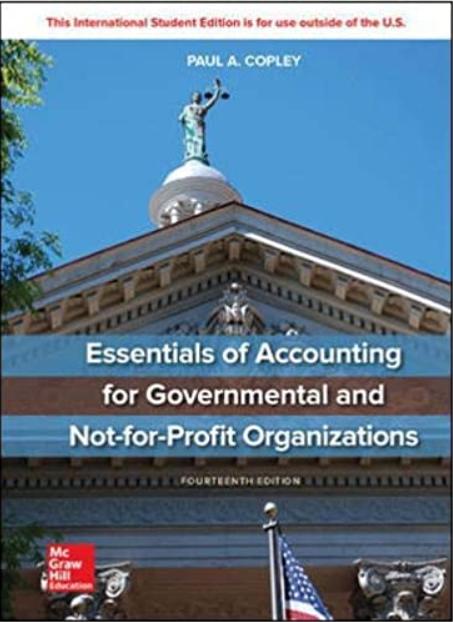


Please help me to answer this problem
On September 3, 20X1, Ludwig, CPA, was engaged to audit the financial statements of Precious Metals Co. (PM), for the year ended October 31, 20X1. PM purchases precious metals at wholesale prices and resells them to craft clubs at retail. PM is a new client whose common stock was first offered to the public five years ago. PM received an unqualified opinion on its financial statements in each of the prior three years, but changes auditors after each engagement. In accepting the engagement, Ludwig completed all of the appropriate client acceptance procedures. Ludwig instructed Robertson, an assistant on the engagement, to draft a planning checklist that would assist Ludwig in preparing the audit staff for the fieldwork that is scheduled to begin on October 17, 20X1. On October 5, 20X1, Robertson prepared the planning checklist below (engagement letter points have been omitted). Indicate the inappropriate points that are included on Robertson's planning checklist below: 1. Understanding the engagement In planning the audit, have the engagement personnel considered: 1 . PM's accounting policies and procedures? 2. Financial statement items likely to require adjustment? 3. The nature of the reports expected to be rendered? 4. The effects of accounting and auditing pronouncements, particularly new ones? 5. Methods of audit sampling to be used? 6. Whether the method of sampling is likely to be approved by PM? 7 . The extent of involvement of other independent auditors or internal auditors? 8. Procedures to evaluate competence and objectivity of PM's internal auditors? In planning the audit, have engaged personnel discussed: 9 . The general scope and timing of the audit work with PM's management, board of directors, or audit committee? 10. The risk of misstatement due to fraud for each assertion for each account with PM's management, board of directors, and the audit committee?II. Assigning personnel to the engagement Has a time budget for the engagement been prepared to determine the staffing requirements and to schedule the fieldwork, and has it been approved by: 11. The engagement partner? 12. PM's controller and audit committee? 13. Has the engagement staffing schedule been approved by the engagement partner? Have the following factors been considered: 14. Engagement size and complexity? 15. Personnel available? 16. Timing of the work to be performed? 17. Continuity and periodic rotation of personnel? 18. Need to restrict engagement to CPAS? Ill. Knowledge of the entity's business Has an overall understanding of PM's operations been obtained by reviewing: 19. Successor auditor's working papers? 20. Financial statements and interim financial statements? 21 . Minutes of stockholders' and board of directors' meetings? 22. Filings with regulatory agencies? 23. Recent management letters? 24. The Codification of Statements on Auditing Standards? 25. Economic conditions, government regulations, and specialist accounting practices? 26. Have engagement personnel obtained knowledge of PM's organization and operating characteristics?26. Have engagement personnel obtained knowledge of PM's organization and operating characteristics? Have engagement personnel considered: 27. Factors affecting the risk of misstatements due to error or fraud? 28. Materiality? 29. Degree of understanding of internal control to plan the audit? 30. Methods that PM uses to process accounting information? 31. Whether their investments in PM stock are material? IV. Assessing auditability Has the adequacy of the accounting records been assessed for proper: 32. Descriptions of transactions to permit the appropriate financial statement classification? 33. Information about transactions to permit the recording of appropriate monetary amounts? 34. Recording of transactions in the appropriate accounting period?IV. Assessing auditability Has the adequacy of the accounting records been assessed for proper: 32. Descriptions of transactions to permit the appropriate financial statement classification? 33. Information about transactions to permit the recording of appropriate monetary amounts? 34. Recording of transactions in the appropriate accounting period? Have the following factors regarding the integrity of management been considered in planning the audit: 35. Responses to previous inquiries of local attorneys, bankers, and other business leaders regarding PM's standing in the community? 36. PM's credit rating? 37. Have inquiries of a sample of PM's customers regarding PM's credit-granting policies been made? V. Assessing risk 38. Has detection risk been appropriately restricted to determine how much inherent risk can be accepted? 39. Has consideration been given to permitting PM's internal auditors to make the assessment of inherent risk and evaluations of significant accounting estimates? If control risk is assessed at below the maximum level: 40. Is the audit fee high enough to handle any likely litigation? 41. Have specific internal control activities that are likely to prevent or detect material misstatements in those assertions been identified? If control risk is assessed at the maximum level for some or all assertions: 42. Is the scope of substantive testing appropriately decreased? 43. Have tests of controls to evaluate the design and operation of such activities been performed?VI. Illegal acts Have the following matters been considered in assessing the risk that PM has not complied with laws and regulations that have a direct and material effect on the financial statements: 44. PM's policy relative to the prevention of illegal acts? 45. PM's understanding of the requirements of laws and regulations pertinent to its business? 46. Obtaining management's written assurance that no employees have committed any illegal acts of any type? VII. Analytical procedures In planning the audit, have analytical procedures been used that focus on: 47. Enhancing an understanding of PM's business and the transactions and events of the year under audit? 48. Identifying areas that may represent specific risks relevant to the audit? 49. Evaluating the overall financial statement presentation? VIII. Audit strategies and the audit plan 50. Has the program been developed for the engagement and approved by the engagement partner














